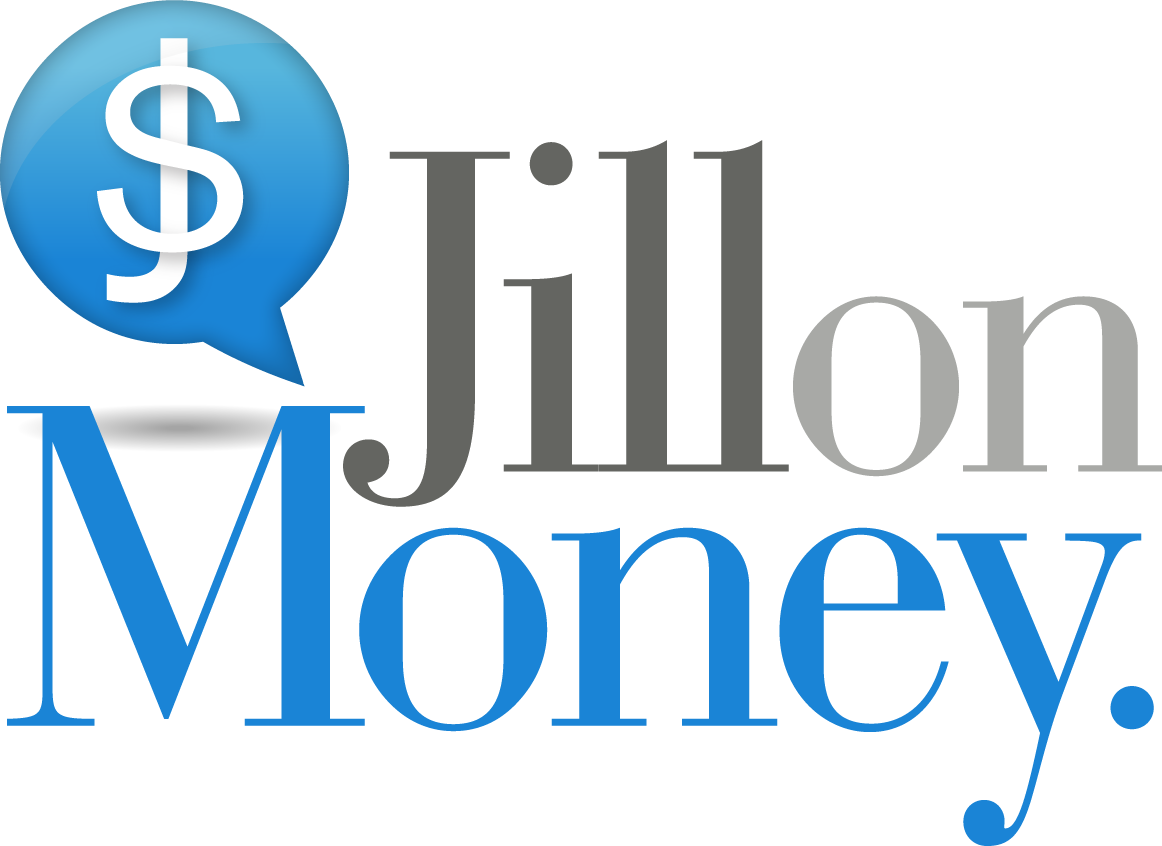Middle Class Muddle
As the political season heats up, there will be many mentions about one policy or another is good/bad for the middle class, a term that gets tossed around quite a bit, but with different meanings. The emergence of the middle class is usually traced back to June 1944, when President Franklin D. Roosevelt signed the Servicemen's Readjustment Act (aka “the GI Bill”) into law. Even as World War II raged on, the Administration wanted to prepare for the millions of armed service men and women, who would return home and have no jobs. To avoid widespread human suffering, and perhaps a second Great Depression, the bill provided aid to veterans in the form of hospital facilities, purchases of homes, and education assistance.
According to the National Archives, in the seven years after the G.I. Bill came to life, “approximately eight million veterans received educational benefits” and “veterans were responsible for buying 20% of all new homes built after the war.” It is notable that black veterans were often shut out of the many benefits that the G.I. Bill provided, keeping them economically disadvantaged for generations to come.
For those Americans who could participate, the program helped bring economic success, enabling them to get educated and land jobs, which allowed them to buy homes, cars, and televisions.
The virtuous economic cycle of the post-war decades helped create a large group of households that were able to attain the “American Dream” and became part of what we now think of as the middle class.
Today, defining the middle is a bit of a muddled mess.
As of 2020 (the most recent year for government figures), median household income was $67,521, a decrease of 2.9 % from the 2019 median of $69,560. (The first year of COVID-19 ushered in the first statistically significant decline in median household income since 2011.)
But that seems a little too precise. Pew Research uses the government’s median income and adjusts it for household size, creating a range for the middle class that is “about $52,000 to $156,000 annually in 2020 dollars for a household of three.”
Additionally, where you live can make a big difference: the government reports that your money will go further in Mississippi, West Virginia and Arkansas, versus higher cost states like Hawaii, New Jersey, and California.
The more impactful trend shaping the middle class is inequality. While Americans have earned more money over the past 50 years, it hasn’t been evenly distributed.
Pew finds that incomes accelerated at a faster pace for higher income households from 1970 to 2020, than for middle-class households. Pew’s analysis notes: “The median income of middle-class households in 2020 was 50% greater than in 1970 ($90,131 vs. $59,934), as measured in 2020 dollars.”
The gap helped contribute to a reduction of the share of adults living in a middle-class household — from 61% in 1971 to 50% in 2021. “The widening of the income gap and the shrinking of the middle class has led to a steady decrease in the share of U.S. aggregate income held by middle-class households. In 1970, adults in middle-income households accounted for 62% of aggregate income, a share that fell to 42% in 2020.”
It stands to reason that if you don’t earn as much, you are not able to save as much. According to data from the Fed, as of the first quarter 2022, the middle of the population held 28.1% of all household wealth, while the top 10% held 69.1%. Thirty years prior, in the first quarter of 1992, the top 10% held 59.9% of wealth, while middle class Americans held 36%.
Wealth inequality blows out even more at the top. According to Credit Suisse's latest annual wealth report, the wealth share of the top 1 percent globally accounted for 45.6 percent of the world's wealth in 2021. The so-called “ultra-high net worth” (UHNW), defined as those who have assets worth more than $50 million, has increased by more than 50 percent over the past two years, as house values and financial assets rocked higher amid the pandemic.
To examine the disparity in the corporate world, I encourage you to check out the new documentary “The American Dream and Other Fairy Tales,” created and co-directed by activist and filmmaker Abigail Disney (yes, one of THE Disneys). The film focuses on a handful of Disneyland custodians, from 2018-2020, a period when their hourly pay increased, but at a fraction of the pace that Disney executives and their shareholders enjoyed. Disney traces the roots of the theme parks, and places them in context historically, as the US economy expanded and corporate culture morphed into a shareholder-first, win at any cost mindset.
In preparing to interview Ms. Disney for the CBS Mornings podcast, I asked The Walt Disney Company for a comment to explain the vast disparity. Here is what a spokesperson provided: “Our amazing Cast Members, storytellers, and employees are the heart and soul of Disney, and their wellbeing is our top priority. We work hard to ensure that our team is supported in ways that enable them to grow their careers, care for their families, and thrive at work, which is why so many people choose to spend their entire careers with us. It all starts with competitive pay and leading entry wages, but also includes affordable medical coverage, access to tuition-free higher education, subsidized child care for eligible employees, as well as pathways for personal and professional development. We are committed to building on these impactful programs by identifying new ways to support our Cast Members and communities around the world.”
